The Most Important Engine Room Documents a Ship Cannot Sail Without
If you thought that with just an up-to-date engine room and a skilful crew you can set sail on your ship to high seas then you were wrong. A ship along with its engine room and experienced men requires a set of important documents to sail safely and without any obstruction from any foreign country.
A vessel can only travel from one foreign port to another with valid certificates and up to date recorded documents. All documents in the engine room and bridge should be duly filled, checked and sign by operating officer and countersigned by managerial level officer for smooth and lawful operation of the ship.
In this article we will discuss the importance of entire documentation along with the important documents which comes under engine department of the ship.
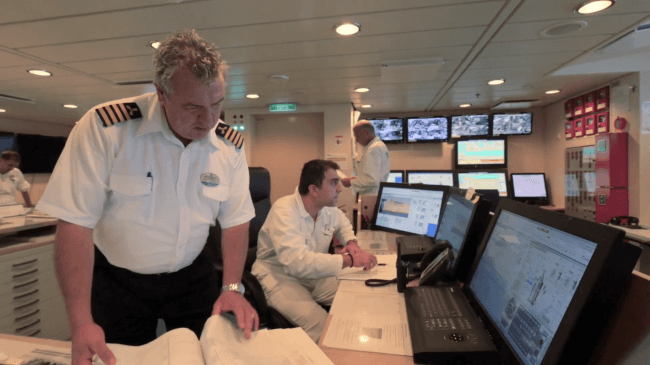
Engine Room Log Book
- The Engine room log book is used to record all the parameters of running machineries which includes main propulsion plant, power generation system, boiler, purifier, refrigeration plant, air conditioning plant etc. with signature of the duty officer.
- Any abnormal finding is noted by the duty engineer during his watch.
- Any major maintenance for machineries is recorded with date and remarks by the work carrying officer.
- Voyage number and “from” and “to” ports is written in the log book.
- Running hours of different machineries for every watch is recorded.
- Quantity of fuel, diesel and lube oil retained onboard is recorded by the chief engineer.
- Quantity of waste water retain onboard is recorded by the chief engineer.
- Special operation like bunkering of fuel, diesel and lube oil is noted with starting and finish time.
- Special operation including operation of 15 ppm equipment is recorded with operational time.
- Remarks and signature of chief engineer for each day is also noted.
Oil record book
It is one of the most important documents onboard with a written record for compliance of annex I of MARPOL.
- When operating oily water separator, 15 ppm equipment for discharging treated bilge water overboard, the operation is recorded with time, position of ship, quantity discharged and retention.
- Maintenance operation of MARPOL equipments like OWS, Sewage treatment plant and incinerator to be recorded with the type of maintenance, date and time.
- Bunkering operation to be recorded including date, time, bunkering grade, quantity bunkered, port of bunkering, and retention of tank used in bunkered operation.
- Weekly retention of waste water that includes bilge and sludge system to be recorded.
- Any internal bilge or sludge transfer to be recorded with date and time and quantity transferred.
- Any maintenance on OWS is recorded and acknowledged by engineering officer carrying out the operation.
- It should always be accompanied with IOPP certificates and all the receipts of bunker (BDN) and sludge/bilge disposal operation.
- All the operation and records are acknowledged by officer carrying the job along with chief engineer signature.
- At the end of every page, master will sign the oil record book.
Engine Room Tank Sounding Log
- It is used to keep a written record of soundings of all the engine room tanks including waste water tank, fuel oil and diesel oil service settling and bunker tanks.
- A responsible engineer officer (fourth engineer) will take and record sounding for all the tanks.
- Frequency of sounding is normally twice a day – once in the morning and second in the evening.
- Record of sounding is acknowledged by the engineer officer taking the sounding.
- Every day sounding log is counter checked and acknowledged by the chief engineer.
Sewage Management Log
- The sewage management log consists of ISPP certificate, operating procedure of sewage plant, and maintenance procedure of the sewage plant.
- Second engineer is responsible for maintaining the sewage management plan log.
- Any discharge of sewage overboard at sea is recorded in this log along with date, time, position of ship, and quantity discharged.
- All the records are acknowledged by the engineering officer carrying the operation.
- Any maintenance in sewage plant (chlorine tablet dosing etc) is recorded and acknowledged by the engineering officer carrying out the maintenance.
- Sample testing of sewage is also recorded and acknowledge.
Oil to Sea Interface Log
- It is used to record working of those systems which has direct interface of oil with sea water.
- Chief engineer is responsible to maintain this log.
- It normally includes- Stern tube system and Lube oil coolers cooled by sea water system.
- Normally the level or quantity of oil in the system is recorded to check for any leaks. All reading is acknowledged by the chief engineer.
- Entry is to be done once in on a daily basis.
- Any abnormality is recorded and acknowledged by the chief engineer.
Seal log
- Normally most of the shipping companies have a system for sealing all the MARPOL systems which include overboard lines for OWS, sewage system overboard and lines, bilge system and lines etc. with the help of seals.
- All the seals placed onboard have an individual number, which is logged in the seal log.
- The date and place where the seal is to be fitted is recorded in the log.
- Chief engineer is responsible to maintain and acknowledge all the records in the book.
- The date when the seal is removed, the purpose of removal is also logged in the seal log.
Saturday/Monday Routine Log
- All the emergency equipments such as LSA, FFA equipments and systems on board ship, which are tried out in weekly, monthly or yearly basis, depending upon equipment operation and company requirement for satisfactory operation, are recorded in this log.
- It includes emergency generator, emergency fire pump, emergency compressor, life boat engine, emergency stops of pumps and ventilation fans, fire dampers and other equipment and systems as per company requirement.
- All officers onboard are designated with particular equipment for carrying out trial operation and procedure, which are to be entered in this log.
- Every entry is to be acknowledged by the officer carrying out the operation with remarks and brief description of the same.
Chief Engineer Night Order Book
- Only Chief engineer is responsible for maintaining this log.
- Chief engineer’s instructions are written for night watch officers in this book.
- All engineer officers and trainee engineer officers have to read and acknowledge the order written by the chief engineer.

About Author
Raunek Kantharia is a marine engineer turned maritime writer and entrepreneur. After a brief stint at the sea, he founded Marine Insight in 2010. Apart from managing Marine Insight, he also writes for a number of maritime magazines and websites.
Latest Shipboard Guidelines Articles You Would Like:
Do you have info to share with us ? Suggest a correction
Subscribe To Our Newsletters
By subscribing, you agree to our Privacy Policy and may receive occasional deal communications; you can unsubscribe anytime.
Web Stories



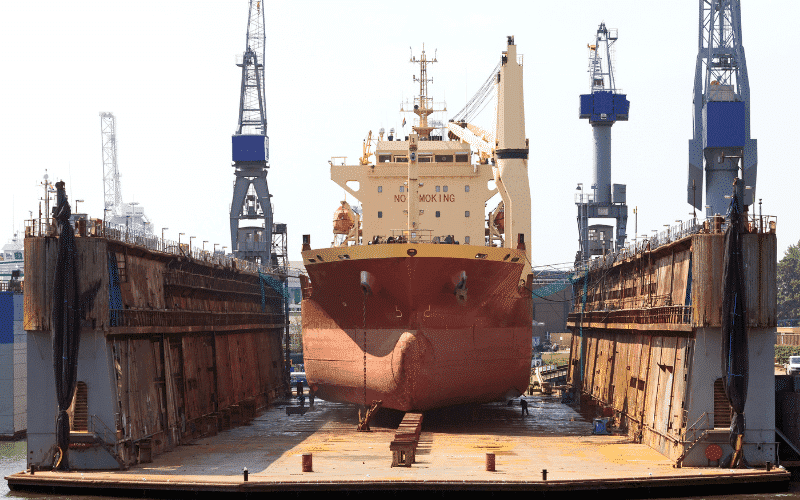
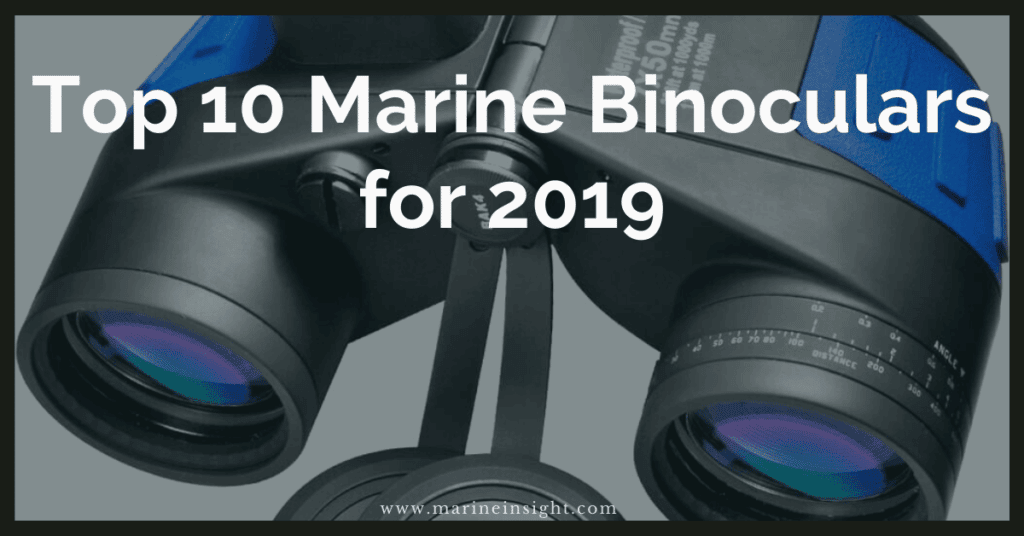
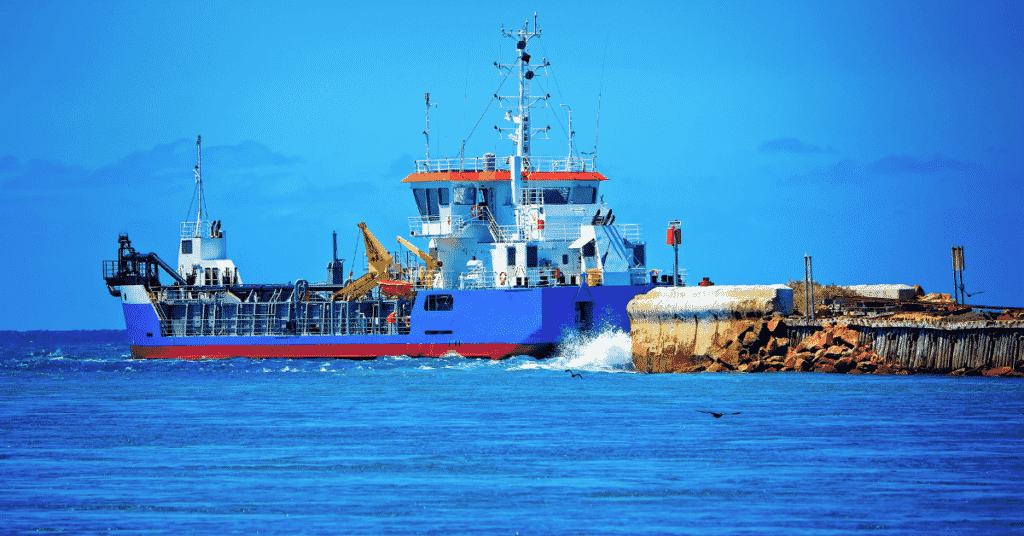
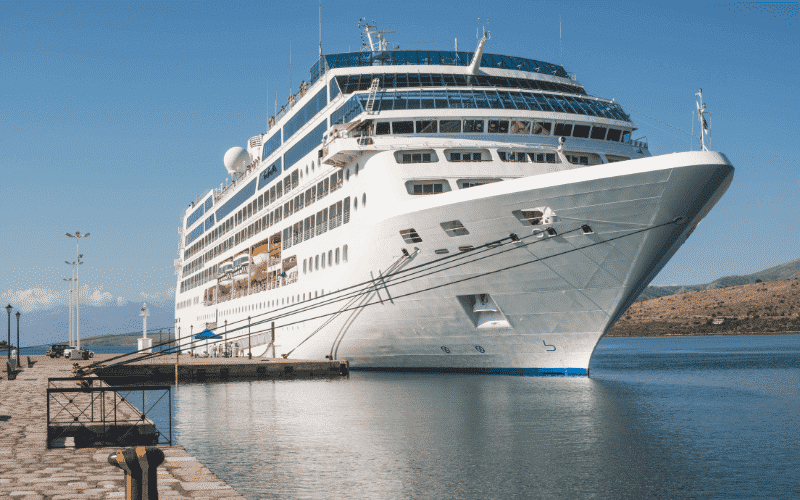
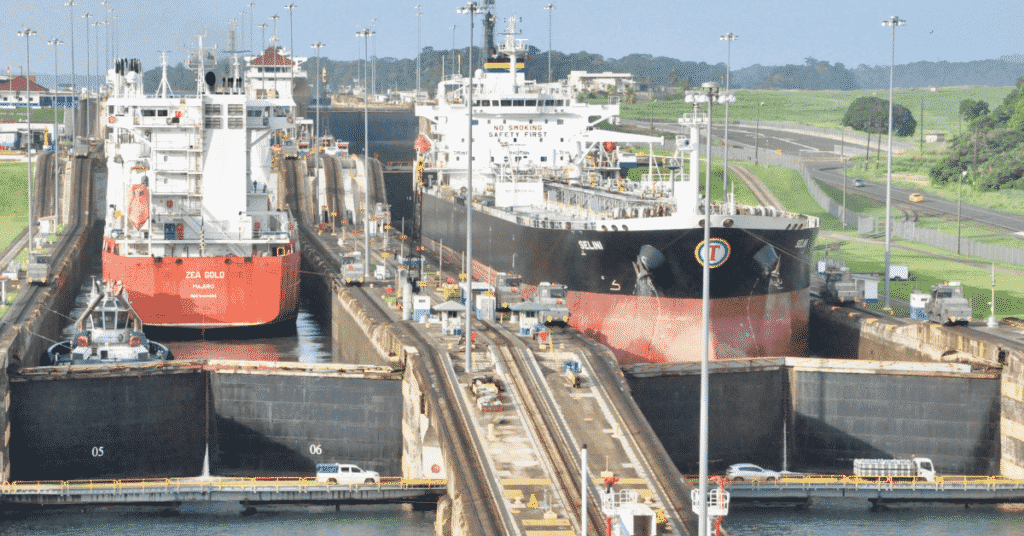
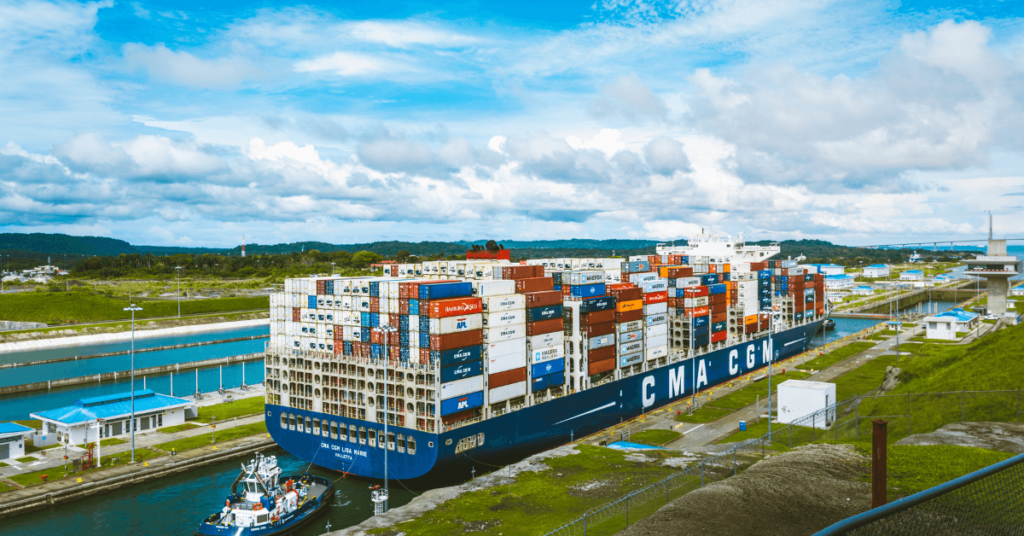

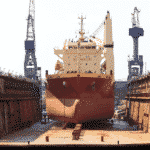
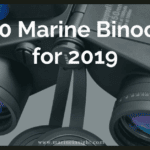
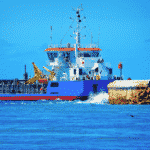
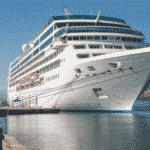
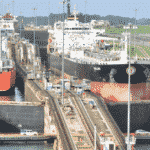
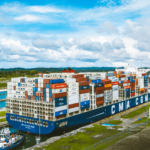
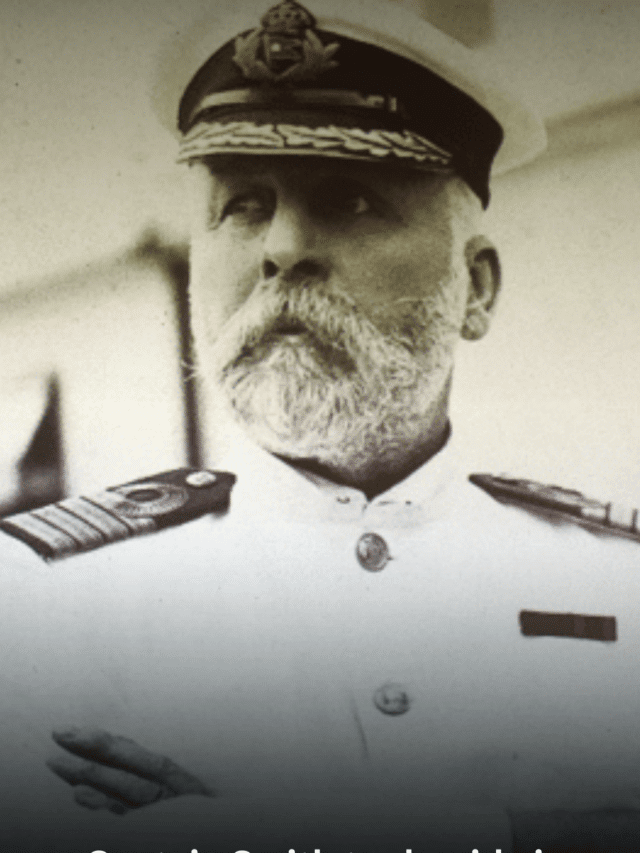
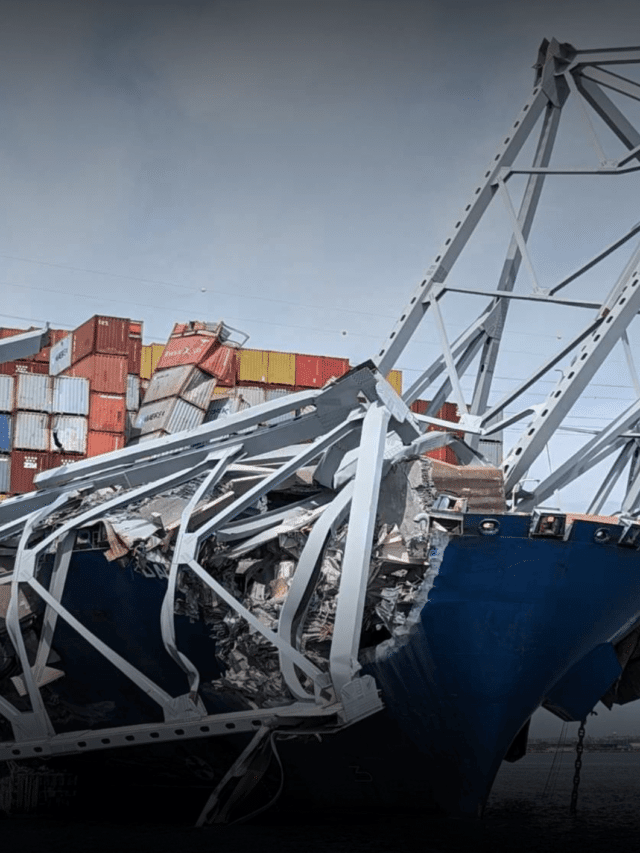


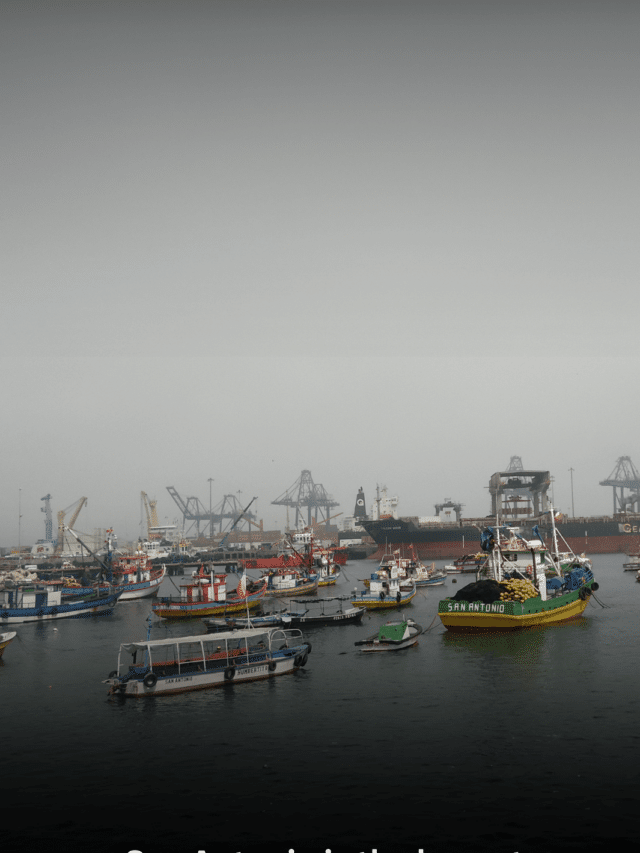
Thanks
Very good
I found lot of other essential documents like machinery survey documents are missing, kindly update with that
very informative…thank
Dear all,
Good afternoon,
First of all,i have to thank you for all the big efforts you spend to help seafarers.
I kindly asking you,if possible to help and guide me in preparing the main goals and objectives of engine room department staff,especially officers like chief engineer,second engineer,third engineer,4th engineer,electro technical officer (ETO) or electrician. on board submarine cable laying ship.
As you know,that submarine cable laying ship is special purpose ship.
The cable ship,have engine room with main generators and auxiliary equipment’s,steering gear room,bow and stern thrusters room,deck machinery comprise all deck equipment’s with also cable machinery equipment,like DRUM,DOHB,LCE,ROV,PLOUGH AND ALL SPECIAL EQUIPMENT’S FOR CABLE LAYING AND REPAIR.
Your help and guidance in this issue,will be highly appreciated.
Best and warm regards for all.
Sifi Abderrahmane.
Chief engineer on board cable ship.
.
educative and valuable reminder of the rules of the sea.thanks
Is night night order book a required in case of a UMS ship?
Very informative article, Many thanks to marine insight for engineer guidance.
@Jawaid: Thank you for your support and encouraging words.
Thanks for sharing your professional knowledge. The Master’s Standing Instructions should be mentioned in the Engineering Night Book as to Trim and Stability.
As a cadet in the engine room, are these documents also necessary for a fresher?
Thanks!
Very good
Good reminder and a eye opener.. This will help us to brief young fellows.
????
@Engine: Yea, These documents are important for the whole ship to function smoothly.
Gd information i learn many things
????
As usual a duly filled up check list prior arrival & departure as part of the company ISM.